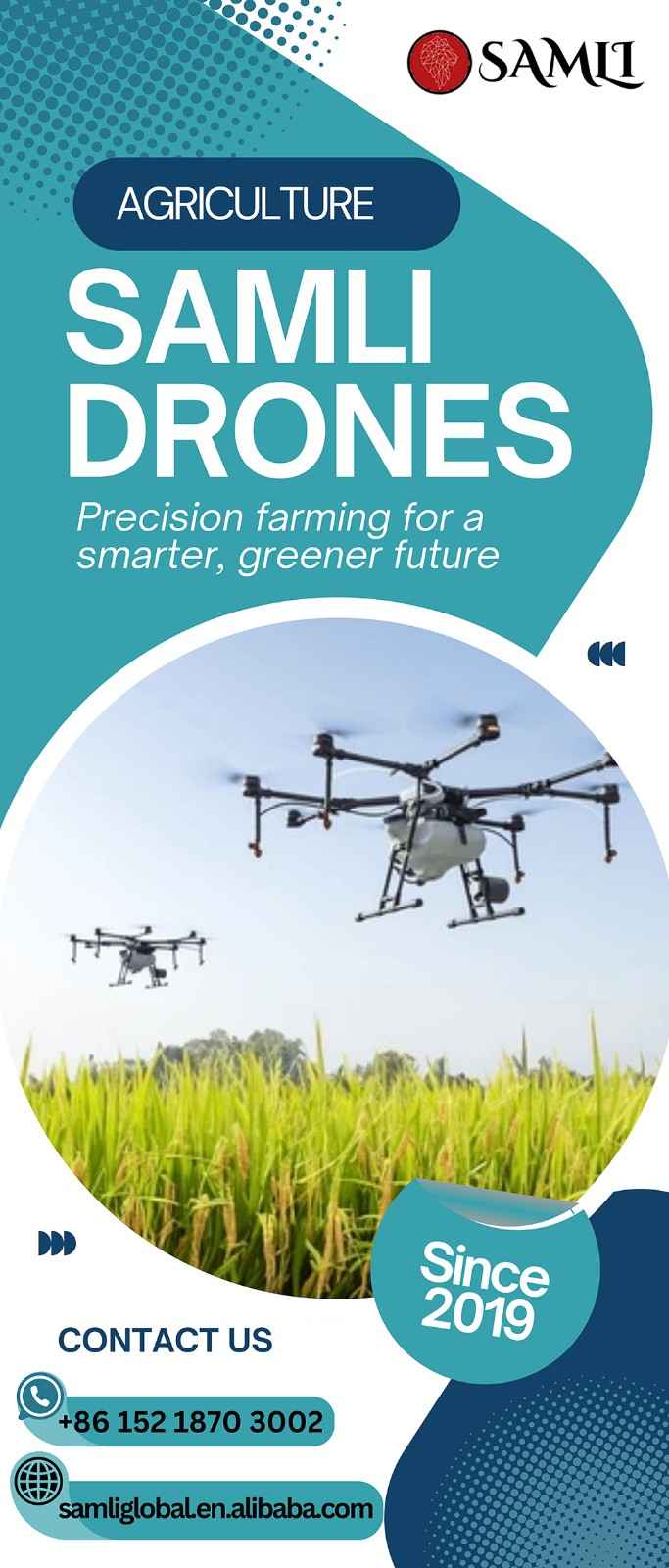If you walk into a courtroom or a firm office today, it can look familiar enough on the surface. But the way cases move from the first instruction to settlement is a lot different to how it used to be. Technology sped up old tasks, but it’s also reshaped who does what, how risks are managed and how repeatable much of the work has become across the legal world.
Technology Shaping the Modern Legal World
Courtrooms look different now
One of the biggest visible changes has been in courtrooms. Remote hearings (which were once a pandemic necessity) are now a permanent feature in many jurisdictions. Procedural hearings that used to mean a full day of travel are often handled by short video calls, saving time and money. Courts are still working out where this format is appropriate, since there are fairness concerns for vulnerable users and technology failures to guard against, but the principle of flexible hearings is here to stay.
Inside law offices, the changes run deeper. Document management systems have moved far beyond shared folders. They now index and connect files to matter codes, billing entries, and permissions. Electronic discovery platforms process millions of documents at a scale no manual review could match, using machine learning to detect patterns, near duplicates, and likely relevant material. What was once an experimental add-on has become routine.
New ways of working in the Legal World
Workflows have changed alongside the tools. Legal operations teams now manage vendor contracts, track turnaround times, and negotiate software subscriptions. Contract lifecycle platforms allow companies to automate common redlines, draw on a clause library, and trigger approvals or reminders. These systems save hours across hundreds of routine agreements and are no longer optional for large clients.
New roles and providers in the Legal World
New roles have appeared to make all this possible. Legal engineers, discovery specialists, and operations managers now sit beside lawyers. Their job is to set up the systems, build templates, and run dashboards so legal judgments aren’t delayed by manual drudgery. This redistribution of tasks has influenced billing as well. Fixed fees and subscription arrangements are more common because clients expect predictable costs for predictable work. At the same time, alternative legal service providers have gained ground by offering process driven support at scale. That market has grown quickly, forcing traditional firms either to develop their own technology or partner with these providers.

Measurement and improvement in the Legal World
What all this enables is measurement as offices that use technology well can now track things like time to first draft, average review costs, or how long a negotiation cycle takes. Once these numbers are visible, they can be improved, and firms are experimenting with continuous process tweaks rather than sticking to rigid traditions.
Risks and responsibilities in the Legal World
The rise of new tools has brought fresh responsibilities. Regulators are issuing guidance on how lawyers may use artificial intelligence. The message is practical: confidentiality must be protected, AI output must be verified, and supervision cannot be abdicated. Many firms are building internal AI policies and review steps to meet these duties. Data security has also become urgent. Law firms remain attractive cyber targets because of the information they hold, and breaches are driving investment in stronger access controls, better monitoring, and new compliance processes.
Everyday practice today
For everyday practice the lesson is clear. Start with repeatable tasks, build systems to measure them, and ensure every use of AI is logged and verified. Hiring operations specialists is no longer a luxury but a necessity if firms want the promised efficiency gains. At the same time, keeping an eye on external service providers can be just as important as buying the latest litigation support software.



